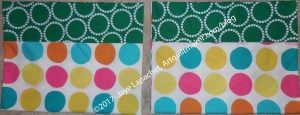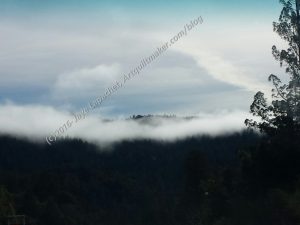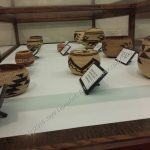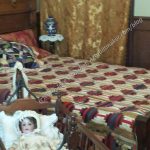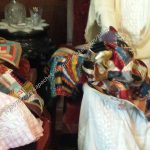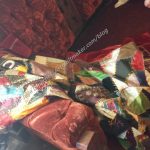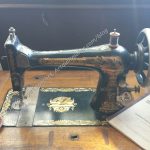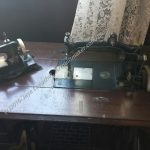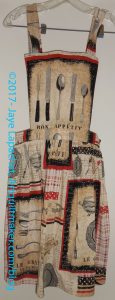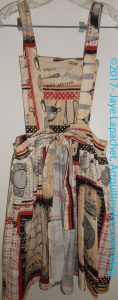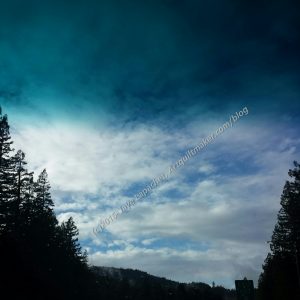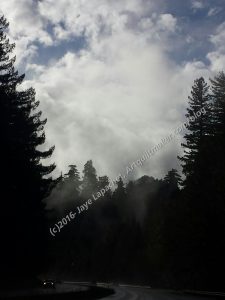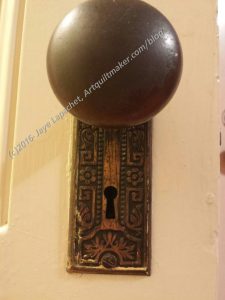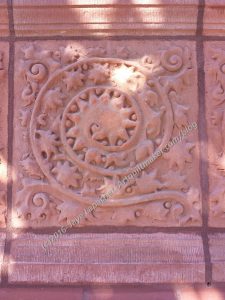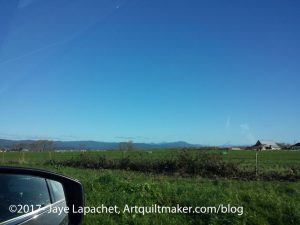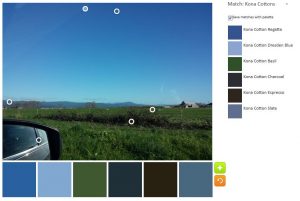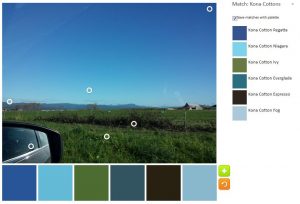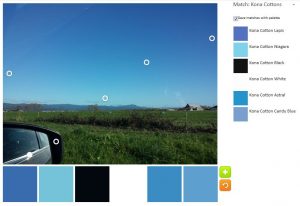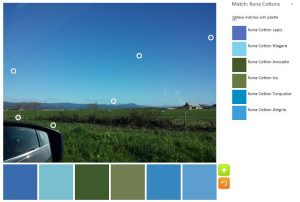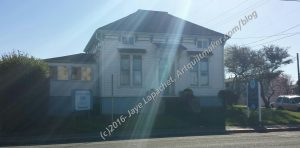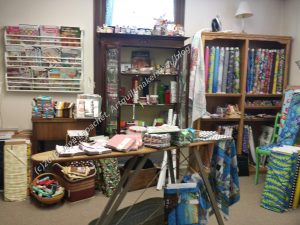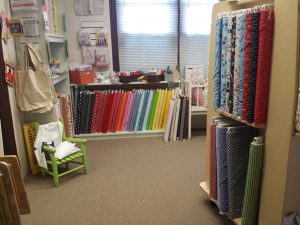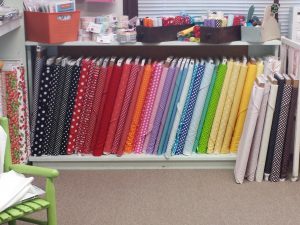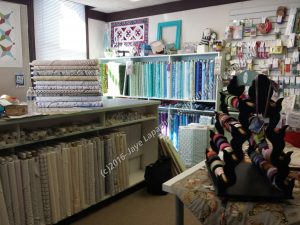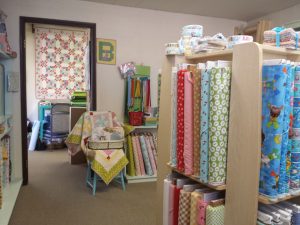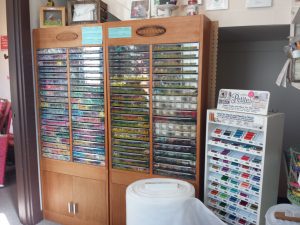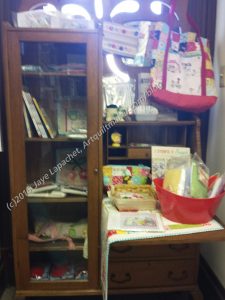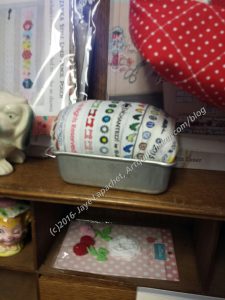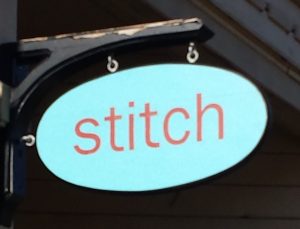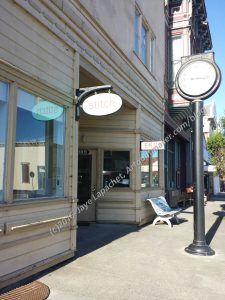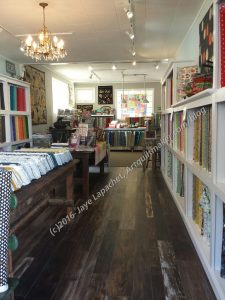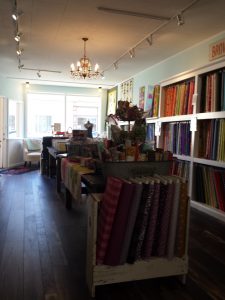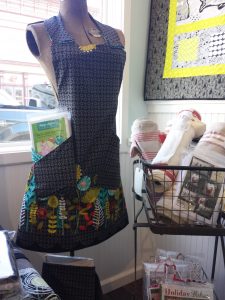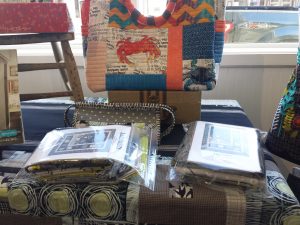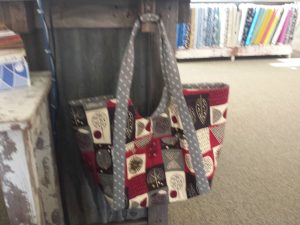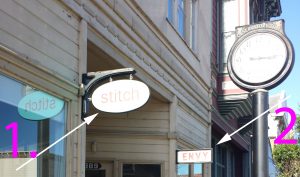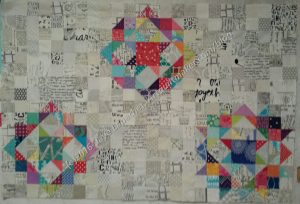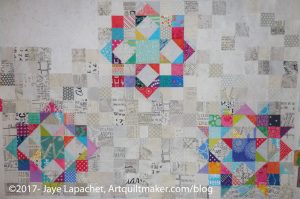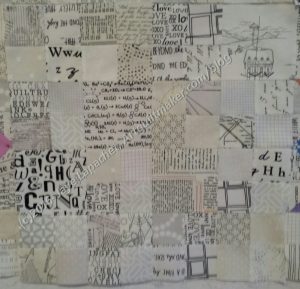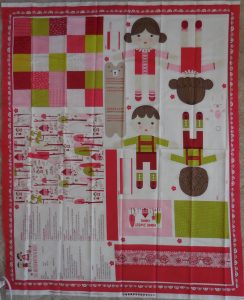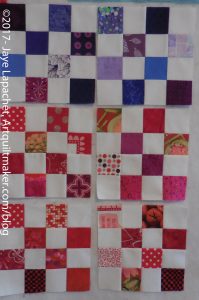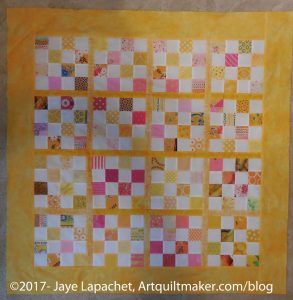 Hack That Tote!: Mix & Match Elements to Create Your Perfect Bag by Mary Abreu
Hack That Tote!: Mix & Match Elements to Create Your Perfect Bag by Mary Abreu
I received Hack That Tote for Christmas. I can always count on the YM to get me something towards the top of my wishlist. I hack bags, because I actually use the bags that I make. I wanted this book to help me be a better bag hacker. You have seen my attempts at hacking the Petrillo Bag pattern. I am happy with the results, but I thought a little additional understanding of the structure of totes and their patterns would assist me in my efforts.
This book starts with a basic pattern and gives a visual representation of the various hacking options (pg.6-7).
The first chapter is called “Anatomy of a Tote Bag” (pg.8). It only mentions the elements of a bag, but explains them thoroughly. For example, I never knew that “the square notches cut from the bottom corners dictate the shape of the finished project” (pg.8). I probably knew it somewhere deep down, but this book writes it clearly and puts it out there for my brain to chew on.
There is also a discussion of ‘drop,’ how pockets work best and how the “width and length of the bag work with the bottom corner notches in determining the finished bag size” (pg.9). All of the these structural tips in the information sections help with hacking a tote. Understanding the underlying structure of anything helps the maker to disassemble and reassemble their project, including bags.
The images are also helpful. Pages 6 and 9 have images that help understand the underlying structure – or how bags change as they are hacked. This structural information is brief but well written and useful.
The third chapter is called “Overview of Hacking the Pattern” (pg.10). The section starts with changing the size of a bag and gives the formula for scaling up or down. Changing fabric is really an easy ‘hack’. It is actually barely a hack and probably should not have been mentioned in the same context as changing the size of a bag. As a very basic hack, Abreu briefly discusses ways of using fabrics to change the look of one’s project (pg.12-13). This section makes me think of my mosaic pieced journal covers and how making such a large piece of fabric would use up a lot of scraps as well as be interesting if one could deal with all of the seam allowances.
Fabrics are discussed in an entire chapter of their own entitled, shockingly, ‘Fabrics’ (pg.14-). This section is different than the above in that it discusses particular types of fabrics and their qualities in relation to making bags. The chapter includes my favorite fabric tip. “I nearly always select light colored fabrics for bag linings” (pg.14). The author also discussed aligning fabric motifs (pg.14) and different fibers (pg.16-19) extensively. She provides for use of different fabrics and her opinion on their suitability for bags.
“Interfacings and Stabilizers” information is given space as well. The topic is illustrated with a page spread (pg.21). The chapter gives extensive help on why to use stabilizers and the author’s preferences such as “… to interface both the exterior and the lining, which allows the bag to maintain its shape over time” (pg.20).
Again, Ms. Abreu gives an illustration of various interfacing and talks about their uses (pg.22-24). I was pleased to read about buckram, which I have never used (pg.22). I was also pleased to get a short lesson on craft stabilizers, which Abreu describes as “beyond the heartiest of interfacings lies a category of products called craft stabilizers” (pg.24). I have never heard this term so I was pleased that she named some brands with which I was familiar so I could get context. The author also gave useful tips on sewing through them.
One thing I like about this section the “Considerations of Interfacings/Stabilizers” (pg.25). This part gives advice on when to use what type of interfacing. She uses projects in the book as examples. While this could be seen as self-serving, I think it is a great idea because there are a wide variety of projects which provide a variety of examples for almost any available pattern.
Handles can be hacked as well. Ms. Abreu talks about different types of handles (pg.26) with examples (pg.27). Pockets, decorative elements, bottoms, hardware as well as handles are all included in the Elements section (pg.26-35).
After a lot of great information, the patterns start with a basic tote. The patterns each run about 4 pages, depending on the complexity. I have seen some full sized quilt patterns in books on a shorter number of pages. The basic tote is the pattern on which most of the other patterns are based.
I originally saw this book at a store and one reason I put it on my list, besides the basic hacking information, was the Tubular Frame Purse (pg.60-67) pattern. I like the idea that I might be able to carry one bag for work rather than a purse and a tote or briefcase. I like the shape and the fact that it stands up by itself. The pattern calls for foam interfacing such as Soft and Stable.
Like many of the patterns, there is a sidebar called “Inside the Hack” (pg.60), which discusses how to accommodate different sizes of parts. There is a lot of cutting for this pattern and the design uses several different types of interfacing. Though I haven’t made the bag, the steps seem to be well written and clear. This pattern has a bag bottom, so the maker could use press-on vinyl to protect the fabric from wet floors. Keep the negative sides of press-on vinyl in mind when you use consider using it.
This pattern uses a tubular frame. It is definitely on my list to try out. I just have to find some proper fabric, assemble the interfacing and supplies.
The Boat/Pool tote (pg.68-73) would be a great project in which to use a large print fabric for the outside. alternatively, I might use a laminated fabric for the outside, especially if I planned to use the bag around water. This pattern doesn’t have a separate bottom piece so press-on vinyl isn’t an option.
The Laundry Duffle Bag (pg.94-98) could be a great option if you want to include a storage bag for a gift quilt. One option (hack?) given for this project is using French Seams and a heavier fabric. This interests me and I want to think about how to parlay this into use for different patterns.
Hack That Tote doesn’t have an index, but it does have an illustrated Glossary (pg.99-102) and a Resources page. I find the Glossary helpful for techniques with which I am unfamiliar. I would have liked it better if projects that used the listed techniques were include with the entry.
A ton of photos were included, which makes navigating the instructions easier. I recommend this book.
There are a wide variety of patterns in this book of different shapes and sizes, including a messenger bag and a crossbody bag. Some look like patterns I have seen from other designers. There are a limited number of shapes for bags so, perhaps, it can’t be helped.
View all my reviews
